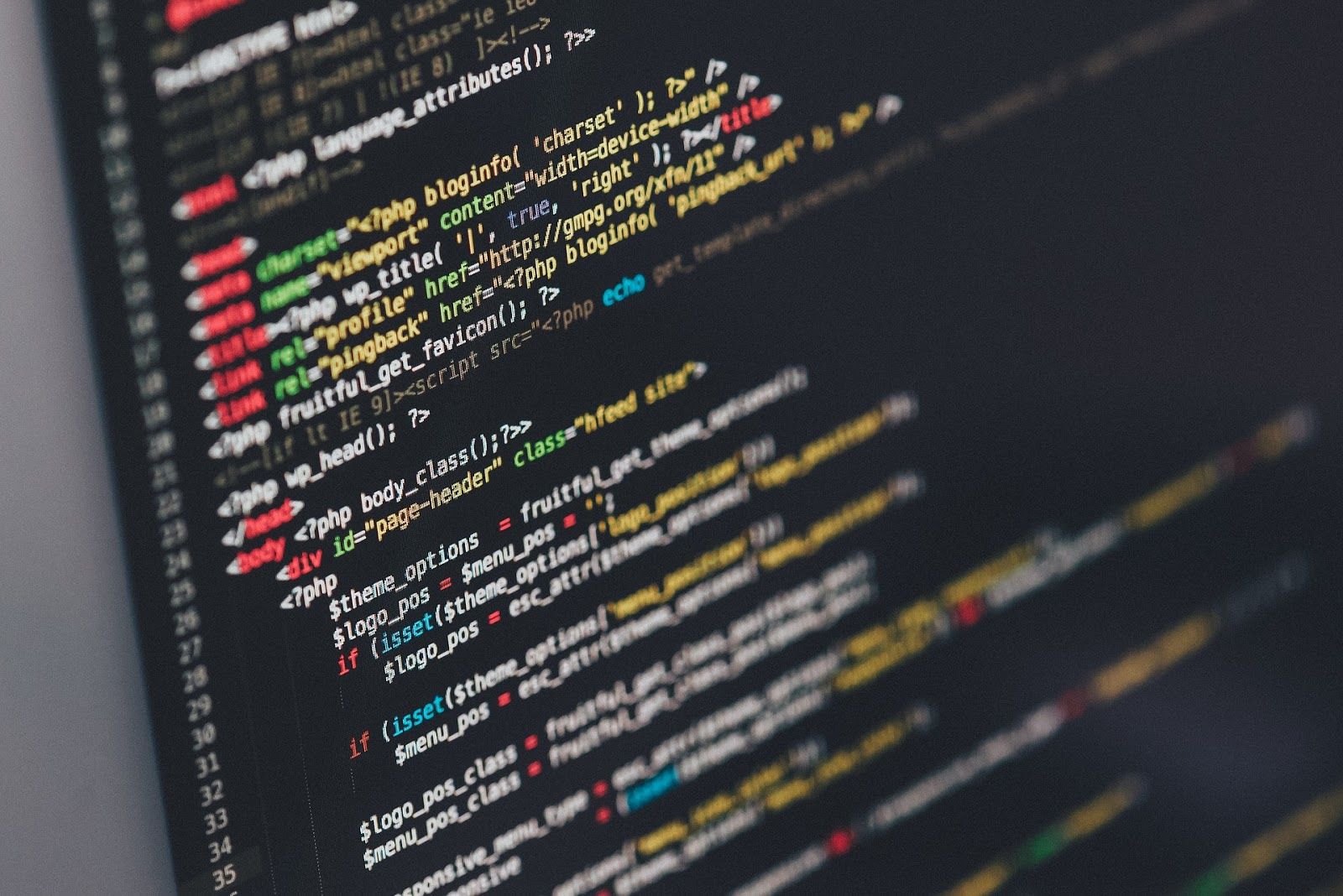We live in an age where having a good credit score is necessary to help you with any of your financial needs. Right from purchasing or renting a house, getting a loan for your car, house, education, we need a good credit history for someone to trust us with lending credit. This could be a friend or a trusted source or even a bank in the form of a loan/credit card. Now, if this is an unknown entity like a bank, they need some assurance from you that you would be able to repay their loans. When a person’s credit score isn’t easily available or even if it is, there are other factors involved before a lender decides whether a customer would default or not.
In this blog, I am using a Taiwanese credit default dataset from the UCI Machine Learning repository. The dataset is taken from https://www.kaggle.com/uciml/default-of-credit-card-clients-dataset
I will be performing a binary classification by predicting a credit defaulter using age, sex, marital status, education, history of past payment, amount of bill statement, and past payment. This kind of model is useful for banks and credit card companies to determine if a person is likely to default on a bill/loan. We will be using feed-forward neural networks here.
Step 1: Exploring the data:
This dataset is also available on Kaggle:
DATA_FILENAME = "../input/default-of-credit-card-clients-dataset/UCI_Credit_Card.csv"
I will use Pandas to read the CSV dataset in:
Let’s understand the variables used in this dataset:
Information on the different attributes in this dataset
This dataset has 23 input columns which will be used to predict the target variable: default_payment_next_month. This target variable is a binary variable containing 1 for defaulter or 0 for non-defaulter.
#deep-learning #neural-networks #python #finance #pytorch #programming
